
Jump right in: Integrating Walmart Marketplace, Newegg, and Niche Channels
E-commerce never sits still. Just when you think you’ve got your channels figured out, something shifts. Maybe a new marketplace takes off, or shipping expectations jump again, or your competition finds a better angle. That’s why multichannel selling has gone from “nice to have” to “how you survive.”
Here’s the thing: selling on Walmart Marketplace, Newegg, and a bunch of smaller platforms doesn’t have to mean drowning in spreadsheets and shipping labels. A decent third-party logistics (3PL) setup can actually make the whole thing manageable. Let me show you how to connect these channels to your 3PL without losing your mind.
This page tackles how to integrate Walmart Marketplace, Newegg, and other niche channels with 3PL partners. Read on to discover the best practices for working with multichannel sellers.
Understanding 3PL and Its Importance
A Third-Party Logistics provider (3PL) basically handles all the stuff you’d rather not deal with. They receive your inventory, store it somewhere that isn’t your garage, pick and pack orders, and get packages to customers.
For anyone selling on multiple platforms, choosing the best 3PL provider can be the difference between growing your business and just growing your headaches.
The good news? NTT Data reveals that nearly 90% of shippers claim to have successful relationships with 3PLs, as agreed upon by almost 95% of these partners.

Learn from Adrian Iorga, Founder and President at 617 Boston Movers. He has his fair share of working with 3PL providers for their moving company’s material supplies.
Iorga says, “Look, 3PL partnerships change the game for multichannel sellers. You get warehouse networks, tech that actually works, and people who know what they’re doing. Meanwhile, you can focus on finding products and customers instead of figuring out shipping zones.”
Makes sense. The best 3PLs act as the hub connecting all your sales channels, keeping inventory counts accurate and orders flowing smoothly. The annual Third-Party Logistics Study tracks how businesses save money and improve service with 3PL partnerships. Learn from this!
How To Integrate Walmart Marketplace, Newegg, and Niche Channels with Your 3PL
Connecting multiple sales channels to your 3PL can feel like juggling knives. Walmart Marketplace, Newegg, and niche platforms each come with their own rules, customers, and quirks. However, the right integration strategy keeps everything running smoothly behind the scenes.
That said, here’s how to make these channels work together without losing speed, accuracy, or sanity:
Discovering the Walmart marketplace
Walmart Marketplace has gotten huge. Between their stores and logistics network, they’re giving Amazon a real run for its money. Check their earnings reports if you don’t believe me—the growth numbers are wild corporate.walmart.com/news.
Getting Walmart to play nice with your 3PL takes some setup, but it’s worth doing right.
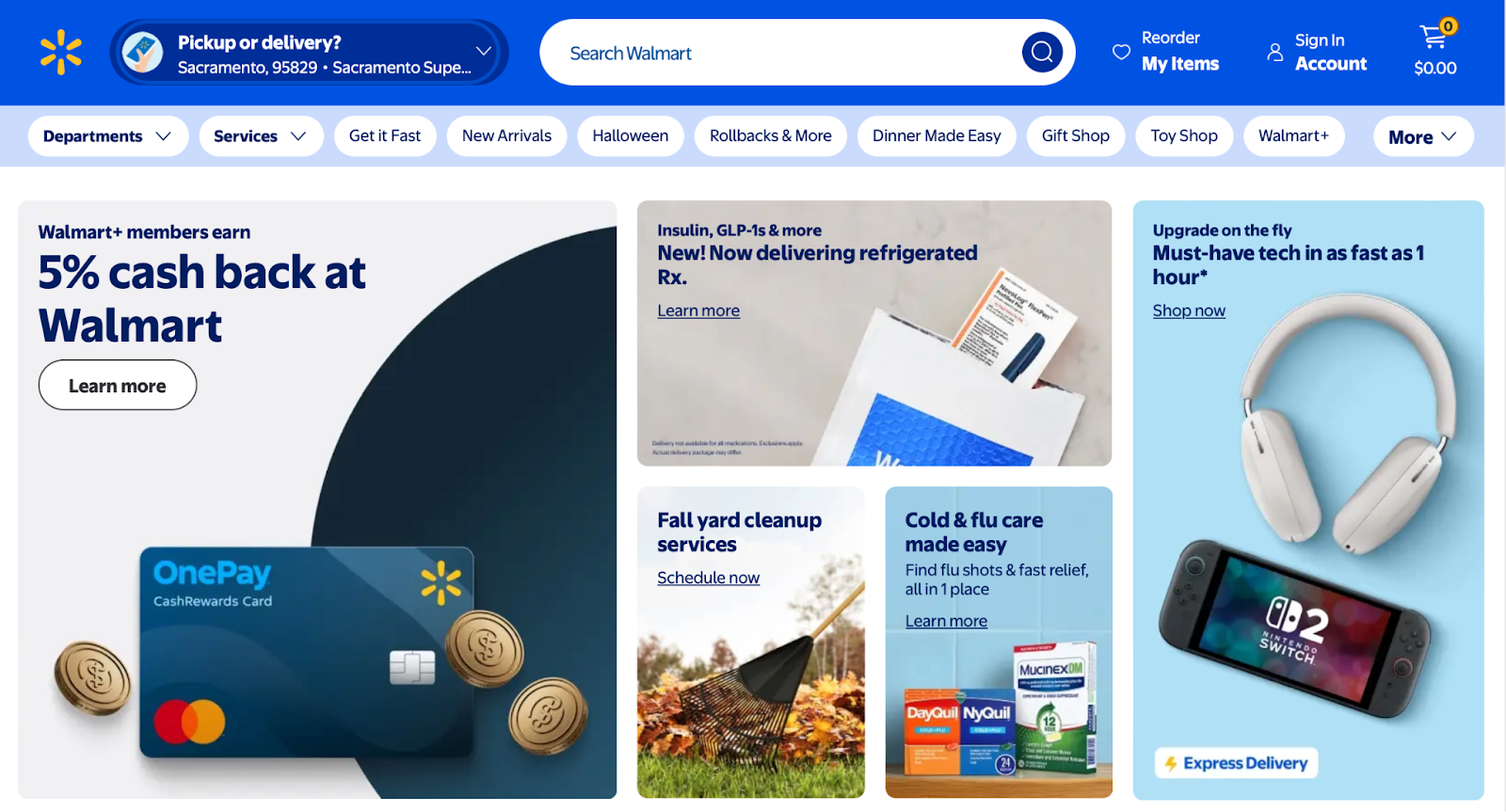
Nicolas Breedlove, CEO at PlaygroundEquipment.com, recognizes the value of the Walmart marketplace. He sometimes relies on this robust network to obtain the material supplies needed for building playground equipment.
However, Breedlove suggests, “Walmart doesn’t mess around with performance standards. Get your 3PL aligned with their shipping requirements before you go live. Trust me, fixing compliance issues later is way harder than preventing them.”
As recommended by Breedlove, here’s what actually works:
- First, connect the pipes. Get your Walmart account set up and linked through their APIs (developer.walmart.com). Your 3PL needs to handle order data, tracking updates, and inventory counts without manual intervention.
- Keep inventory counts tight. Every channel needs to see the same numbers, updated constantly. Nothing kills your metrics faster than selling stuff you don’t have. Walmart’s Seller Help (sellerhelp.walmart.com) spells out what they expect.
- Hit your shipping promises. Two-day means two-day. Work backward from delivery to figure out order cutoffs and carrier options. Your 3PL should know this stuff cold.
- Returns happen; plan for them. Create a simple process that your 3PL can follow every time. Walmart buyers expect fast refunds and exchanges.
Leveraging Newegg for tech and electronics
Newegg attracts a different crowd. These buyers know their specs and read reviews carefully. They’re shopping for PC parts, electronics, and tech accessories, and they notice everything from packaging to static protection. Review their seller information and API details.
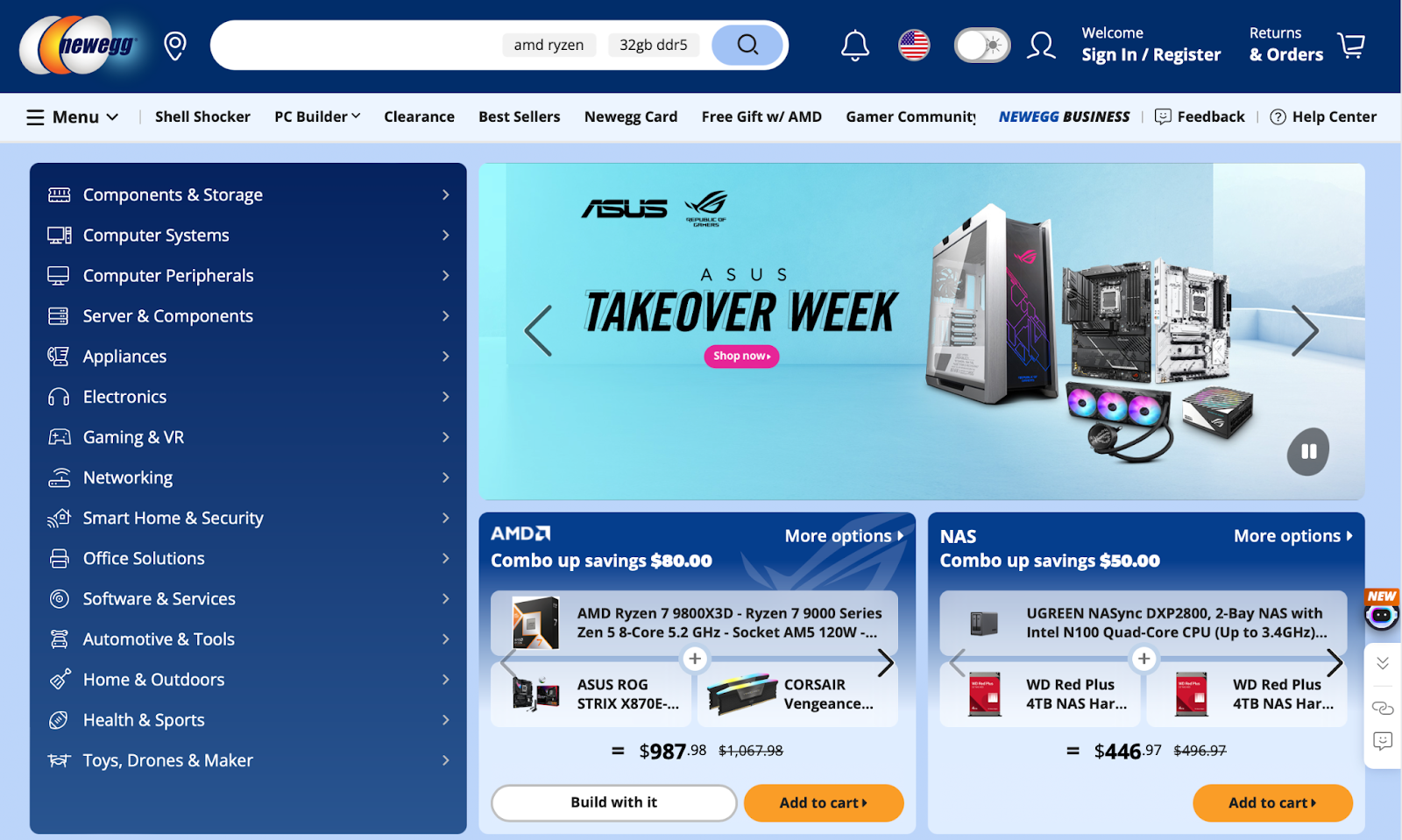
Take it from Andy Wang, Marketing Manager at Skywork.ai. He highlights the value of Newegg for investing in electronic devices and modern technologies.
Wang warns, however, “Electronics aren’t like selling t-shirts. Your 3PL needs to understand static protection, serial tracking, and proper cushioning to ensure optimal product handling and protection. One damaged motherboard costs you more than just the return—it hurts your reputation.”
As suggested by Wang, here’s how to make Newegg work with your 3PL:
- Know your compliance requirements. Anything with lithium batteries needs special handling. The PHMSA has all the rules you can follow for legal adherence.
- Track serial numbers religiously. Your 3PL should scan and record them during the fulfillment process. You’ll need this data for warranties and fraud prevention.
- Package like you mean it. Anti-static bags, proper cushioning, reinforced corners. Yes, it costs more. No, you can’t skip it.
- Prepare for technical support. Have answers ready for common questions. Work out a process with your 3PL for handling defective returns quickly.
Exploring niche channels for targeted selling
Smaller marketplaces can surprise you. Think Etsy for crafts, Reverb for instruments, Backcountry for outdoor gear, Faire for wholesale. These platforms attract buyers who know exactly what they want.
Is Your Business Ready for Professional Order Fulfillment Services?
Take our 3-minute assessment to discover if partnering with a fulfillment service could help scale your business.
Storage Solutions
Optimize your inventory management
Scale Operations
Support your business growth
Save Time
Focus on core business activities
Improve Accuracy
Enhance customer satisfaction
Takes 3 minutes • Get instant results • Free analysis
Business Metrics
Assessment Questions (1-4)
Assessment Questions (5-8)
Assessment Results
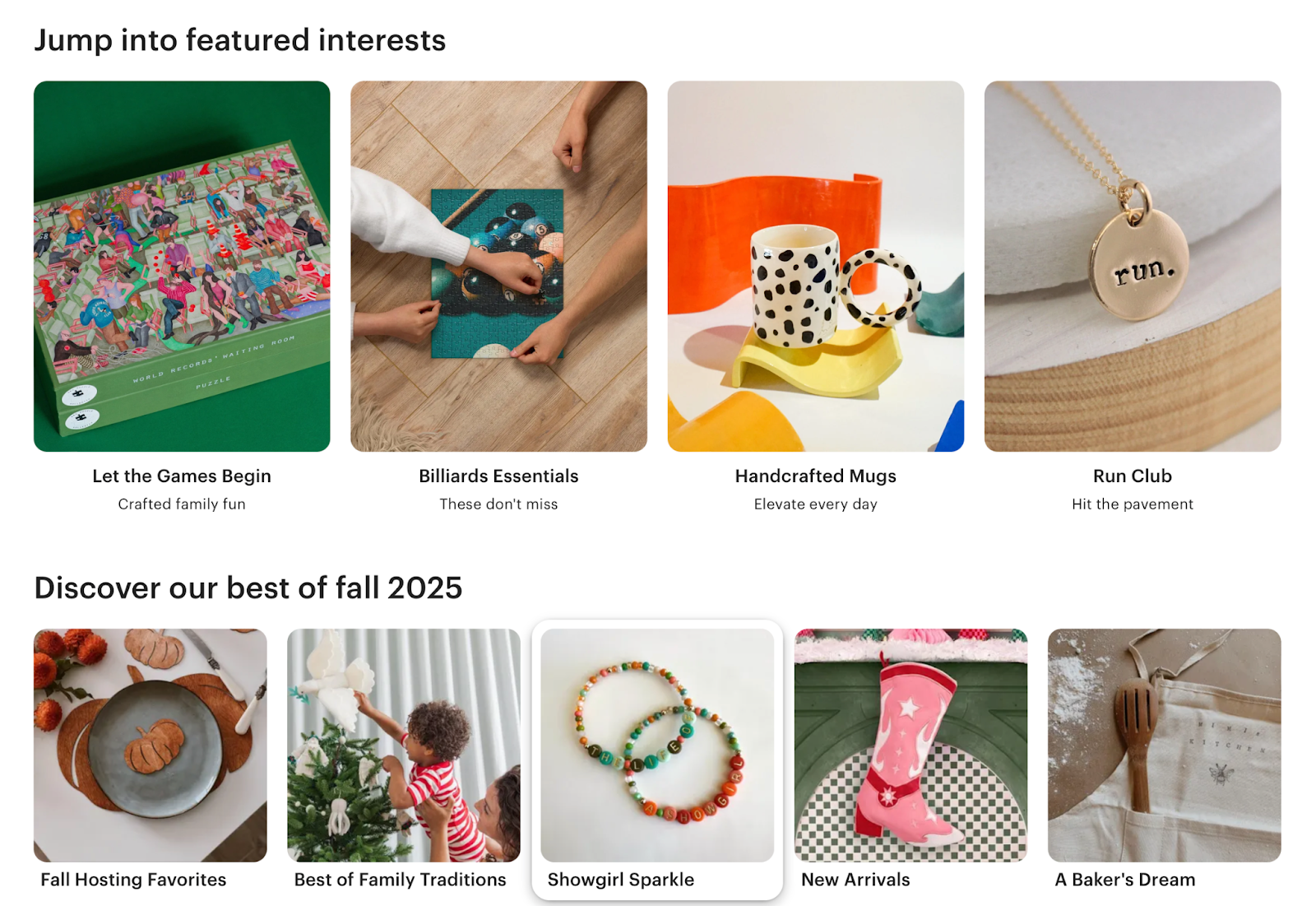
Emily Ruby, owner of Abogada De Lesiones, highlights the rise of e-commerce with legal matters in mind. However, she recognizes the need to explore niche channels for targeted selling within the bounds of laws.
Ruby explains, “People underestimate specialized marketplaces. The audiences might be smaller, but they’re ready to buy. The trick is setting up your fulfillment to handle each platform’s quirks without creating a mess. More importantly, stay on top of your legal and regulatory compliance.”
That said, here’s how to make niche channels work:
- Customize your fulfillment. Each platform has its own thing. Etsy wants gift messages, Reverb needs musician-friendly packaging, some require specific invoice formats. Build these rules into your 3PL’s system.
- Track everything. Pull data on accuracy, damage rates, and shipping times by channel. Match it against your sales data to spot problems early.
Best Practices for Integrating Multiple Channels with 3PL
Selling everywhere sounds great until you’re updating inventory in five places and orders are getting crossed. The solution? One system to rule them all!
It’s best to integrate multiple channels with your 3PL and measure the success of your partnership to ensure optimal results. That said, here are the best practices to follow:
- Pick one master inventory system. Whether it’s an ERP or order management platform, let it control the numbers. Everything else should just follow along.
- Let computers handle the routing. Set up rules for which warehouse ships what, based on inventory, location, and shipping method. No more midnight Excel sessions.
- Keep your brand consistent. Sure, each marketplace has rules, but your packaging and communications should feel cohesive. Customers notice.
- Use tools that grow with you. Platforms like Rithum, Linnworks, Sellercloud, or Extensiv can connect everything. Both Walmart (developer.walmart.com) and Newegg (developer.newegg.com) publish APIs for integration.
Let’s take Rush Order Tees, for instance. Integrating their custom hoodies line with a 3PL means setting up smart rules that keep speed and consistency in sync.
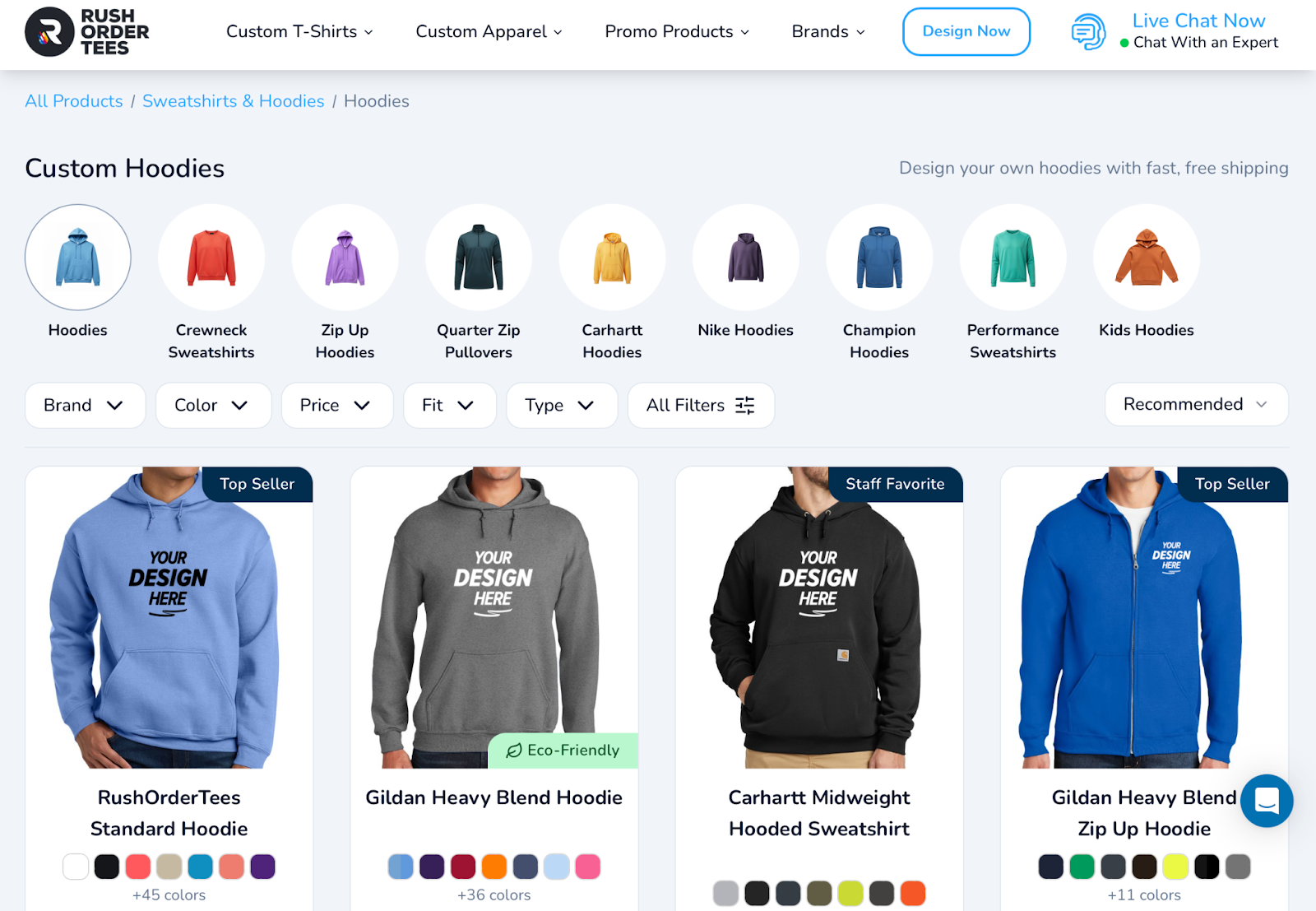
Their master inventory system updates stock levels in real-time across every channel, while automated routing ensures that rush orders ship from the nearest warehouse to meet tight delivery windows.
The packaging stays on-brand (clean, consistent, and ready for unboxing), no matter where the order comes from. That’s the power of using one connected system: your 3PL handles the rush without breaking your flow!
Common Challenges and Solutions
Let’s be honest: Stuff goes wrong. But most problems follow patterns you can plan for. The key here is to have lessons learned from failed 3PL partnerships.
That said, here are common challenges you might face and how to address them:
- Inventory mismatches happen. Usually, it’s a sync delay or failed update. Push changes immediately and run daily reconciliation checks between systems to ensure accuracy and consistency.
- Overselling during busy times sucks. Add buffer stock for popular items until you trust your sync speeds. Different channels might need different buffers.
- Shipping delays kill metrics. Know your carrier cutoffs cold. If you promise two days, make sure your entire process fits that timeline with room to spare.
- Returns can spiral out of control. Standardize your reason codes and processes across channels. For electronics, always verify serial numbers to catch fraud attempts.
Take it from Stanislav Khilobochenko, Vice President of Customer Services at Clario. Having worked with 3PL providers for their tools and supplies, he understands some of the challenges encountered.
Khilobochenko recommends, “Most problems come from bad data handoffs. Set up alerts for weird patterns like sudden inventory drops, unusual order volumes, whatever looks off. Your 3PL should flag issues before customers notice.”
For platform-specific rules, hit up Walmart’s Seller Help and Newegg’s seller resources.
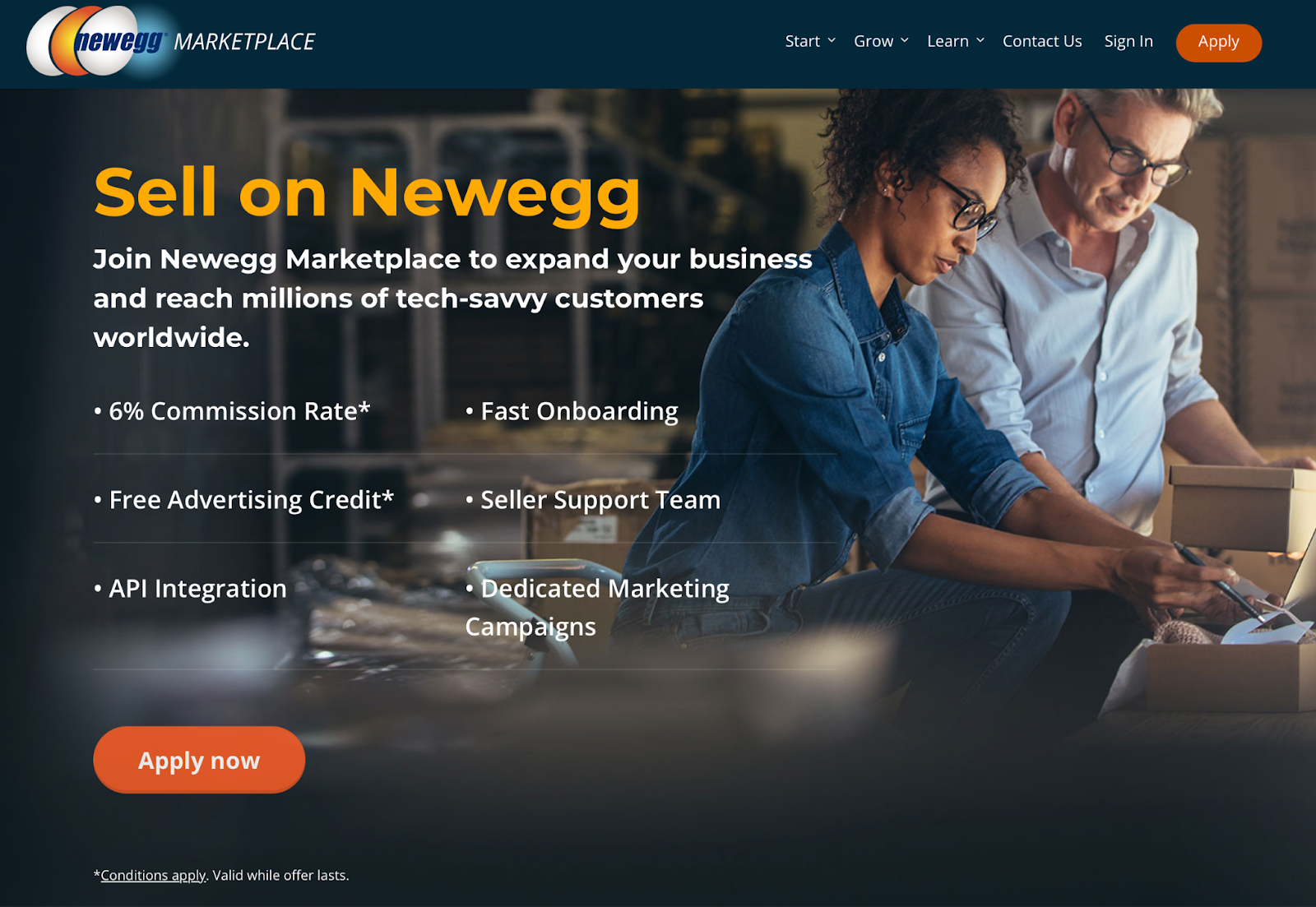
Save Yourself the Headache and Let us Handle Your Fulfillment!
See How Using a 3PL for saves Apparel sellers time. Get a Free Quote from eFulfillment Service Today!
Summary
Multichannel selling feels overwhelming until your systems start working together. Once Walmart, Newegg, and your niche platforms all pull from the same inventory pool, use the same fulfillment rules, and update in real time, everything gets easier.
The formula isn’t complicated: understand what each marketplace wants, build those rules into your 3PL workflow, automate the repetitive stuff, and keep your data clean. Ultimately, the right setup lets you grow without building everything from scratch.
Ready to simplify your multichannel fulfillment and scale without the chaos? Partner with a trusted 3PL provider offering seamless e-commerce fulfillment services for Walmart, Newegg, and niche marketplaces. Let’s make your operations smarter and faster—get your free quote today!
About the Author
Jesse Galanis is a professional writer who decomposes complex concepts of business information and working online. He provides quality content that assists people in everyday life.


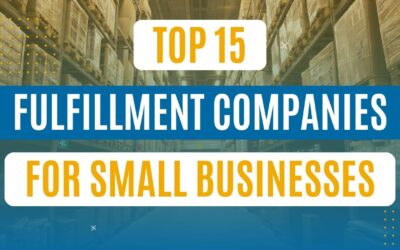
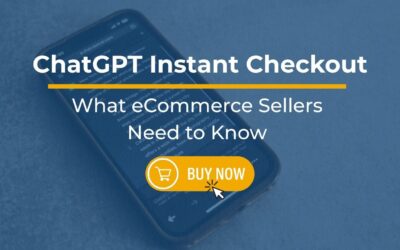

0 Comments